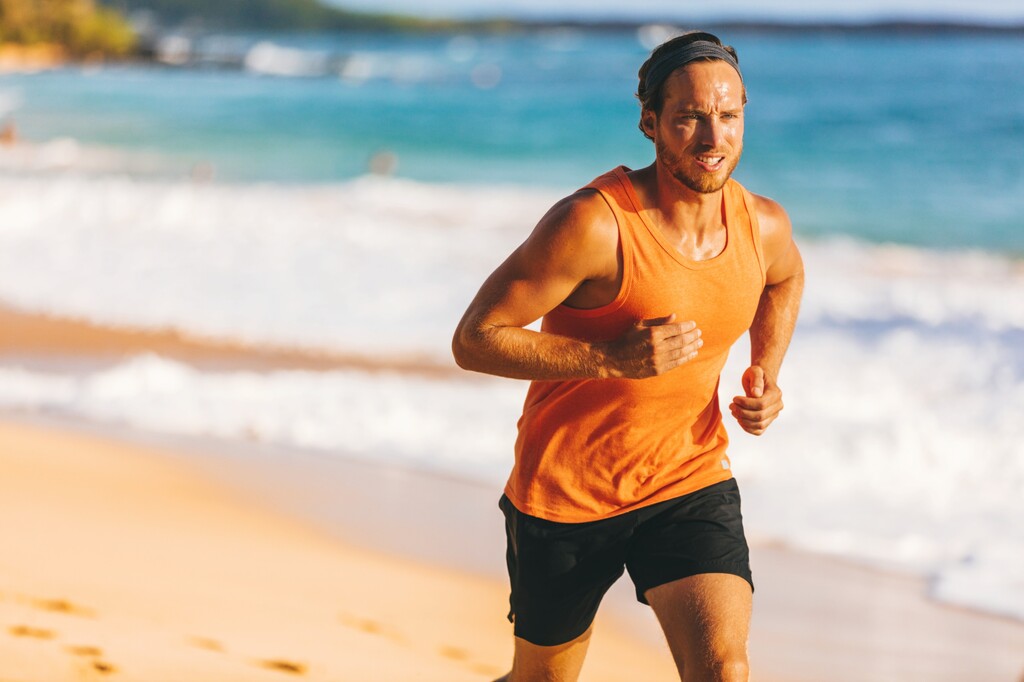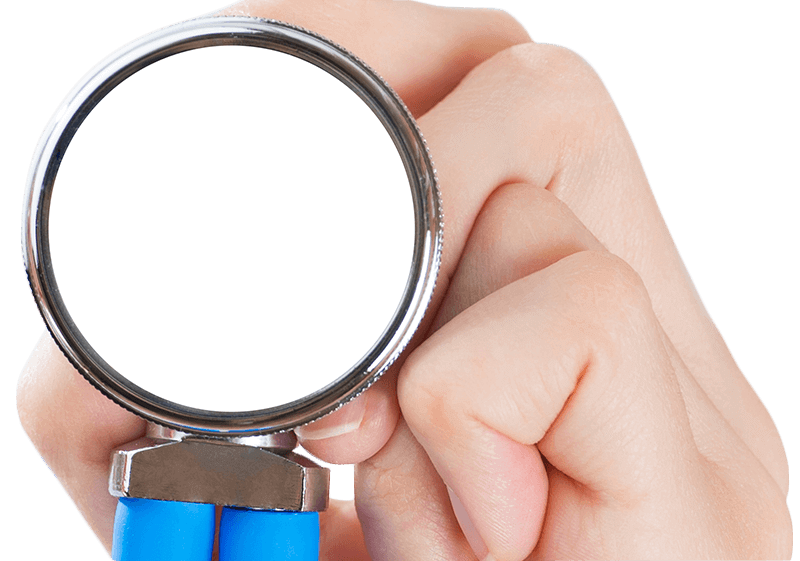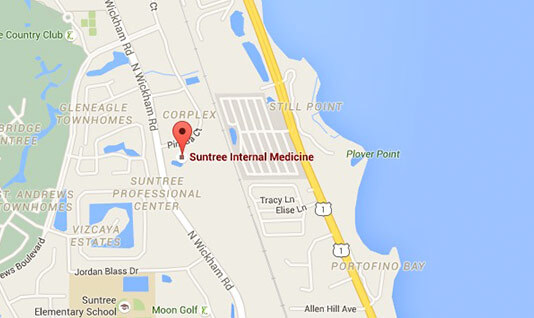Heat Stroke or Heat Exhaustion? Learn the Signs
Posted on: June 17, 2022

What is heat exhaustion and what are the symptoms?
Heat exhaustion is one of the heat related syndromes commonly seen with prolonged exposure to high temperatures. Heat cramps are a mild symptom and heat stroke is the most severe. The causes of heat exhaustion can include exposure to high temperatures. Particularly in combination with high humidity and strenuous activity. Heat exhaustion isn’t life threatening but if left untreated it can lead to heat stroke which is life threatening. Let’s take a look at some of the signs and symptoms of heat exhaustion.
- Excessive Sweating
- Feeling Faint
- Dizziness
- Low Blood Pressure Upon Standing
- Cool, clammy, most skin with goosebumps when in the heat
- Fatigue
- Rapid/Weak Pulse
- Nausea
- Muscle cramps
- Heachaches
What is heat stroke and what are the symptoms?
Heat stroke is the result of your body overheating after prolonged exposure to high temperatures and/or extensive physical exertion. It can occur if your body temperature reaches 104 F and is the most severe form of heat injury. There are some similarities in symptoms between heat stroke and heat exhaustion, however, symptoms are heat stroke or more severe and can include:- Flushed Skin - The skin may turn red as body temp increases, it can appear slightly red to severe.
- High Body Temperature - If the temperature is 104 F when obtained with a rectal thermometer.
- Rapid Breathing - During a heat stroke breathing can become shallow and rapid.
- Racing Heart Rate - Your pulse can increase significantly as heat stress puts a serious burden on your heart to help cool the body down
- Alteration in Sweating - Pay attention to sweat, heatstroke brought on by strenuous activity can cause the skin to feel dry or slightly moist. However, heatstroke brought on by hot weather can cause the skin to feel hot and dry to the touch.
- Altered Mental State/Behavior - Watch out for agitation, irritability, confusion, slurred speech, delirium, and even seizure and coma.
- Headache - A heat stroke headache can feel like throbbing in the head.
When to See a Doctor
If you believe you or a loved one is experiencing signs of heat exhaustion or heat stroke, see a Doctor immediately. All activity should be stopped immediately, move to a cooler place and rest and drink water or a sport type drink with electrolytes.Heat Stroke Prevention Tips
What can you do to reduce the risk of heat stroke and heat exhaustion? Check out the list below.- Stay indoors during the hottest parts of the day (afternoon)
- Exercise early in the day
- Wear light colored, loose, lightweight clothing
- Wear sunscreen ad reapply frequently
- ake regular breaks when exercising
- Stay hydrated




